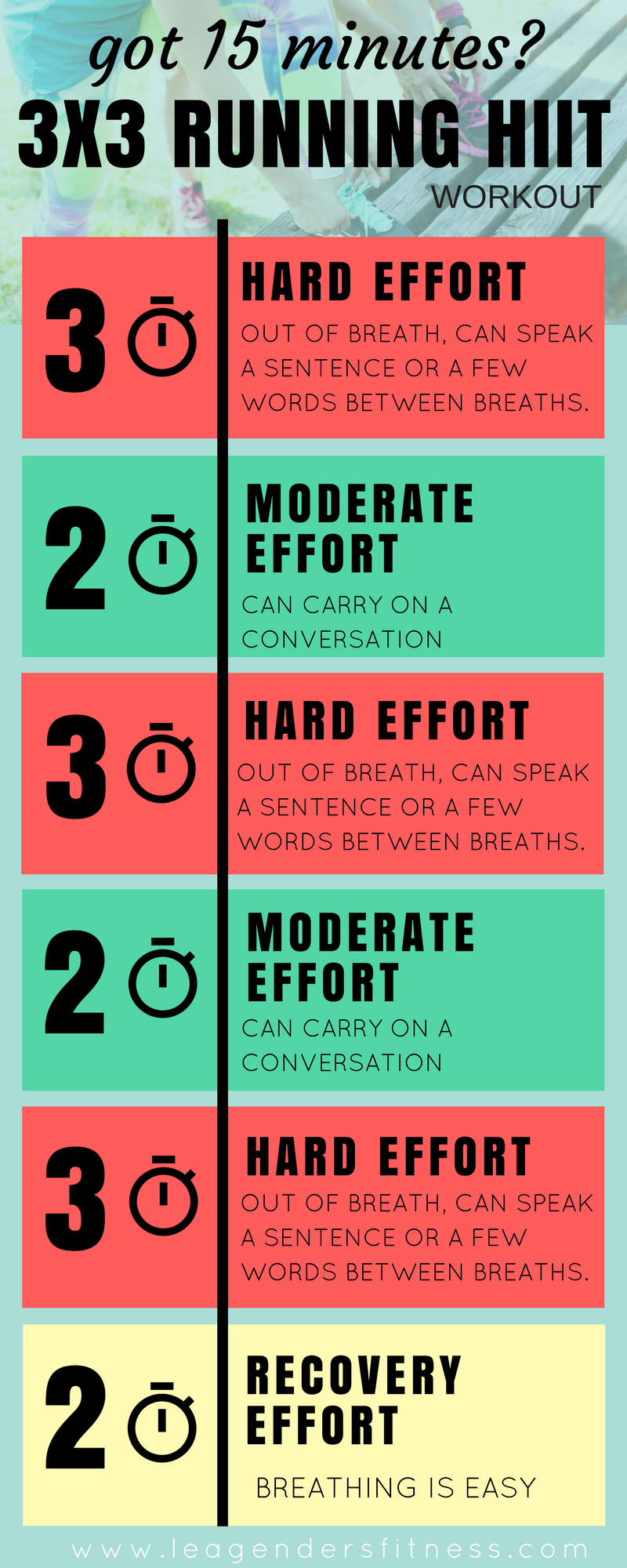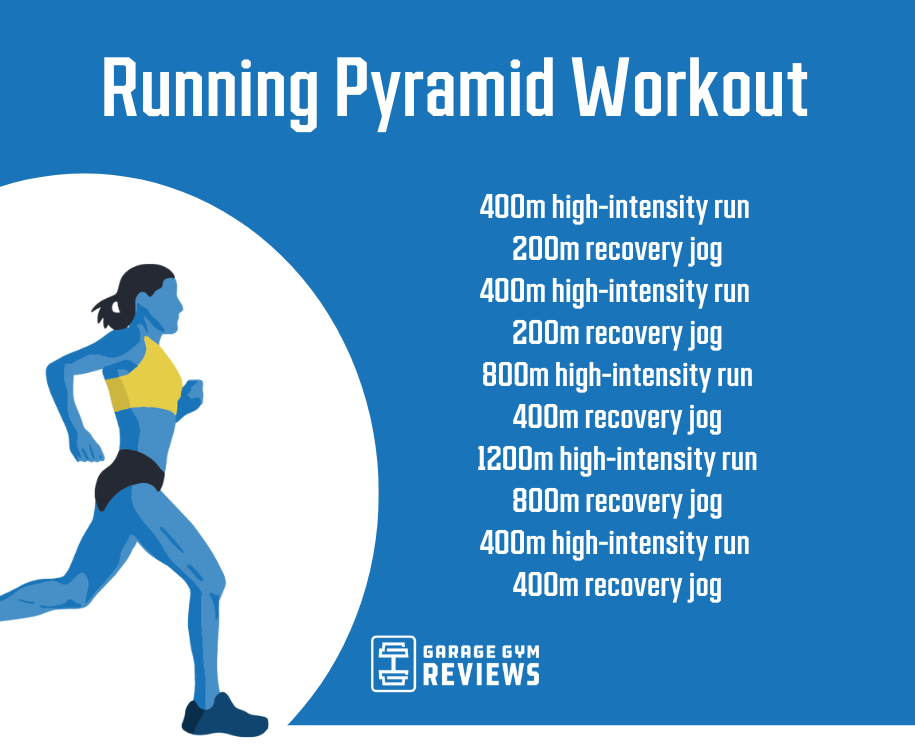Running Workout Techniques: Strategies to Enhance Stamina and Speed
Running Workout Techniques: Strategies to Enhance Stamina and Speed
Blog Article
The Ultimate Overview to Managing Pain When Running
Whether you are a skilled marathoner or simply starting your running journey, comprehending the various types of pain that can arise and the techniques to address them is critical. From pre-run warm-up routines to appropriate footwear selection, there are various aspects to think about when it comes to dealing with discomfort while running.

Comprehending Various Types of Running Pain
When running, it is important to compare different sorts of pain to stop injuries and maximize efficiency (Read More). One common sort of pain that joggers may experience is muscle soreness, which normally develops from the stress and anxiety placed on muscle mass throughout exercise. This sort of discomfort is usually a typical component of the running process and can be handled with proper workout, cool-down, and stretching regimens
One more sort of pain to be knowledgeable about is joint discomfort. Joint pain can indicate issues such as overuse, inappropriate form, or underlying problems like joint inflammation. Ignoring joint discomfort can result in much more extreme injuries, so it is crucial to address any type of discomfort quickly and possibly seek specialist guidance.
In addition, sharp or stabbing pains need to not be disregarded. These kinds of pain can signal severe injuries such as pressures, sprains, or anxiety cracks - running strategy. Proceeding to go through these types of discomfort can worsen the injury and prolong healing time

Pre-Run Warm-Up and Stretching Routine
To prepare the body for a running session, implementing an efficient pre-run workout and extending routine is necessary. An appropriate warm-up aids raise blood flow to the muscles, improves flexibility, and reduces the danger of injury during the run. Begin with vibrant stretches like leg swings, arm circles, and high knees to progressively raise your heart rate and relax the muscle mass. Dynamic extending helps imitate the motions you'll be doing while running, preparing your body for the activity ahead. Follow this with static stretches concentrating on major muscle teams such as the hamstrings, quadriceps, calves, and glutes. Hold each stretch for regarding 15-30 seconds without bouncing to advertise muscle leisure and flexibility. Remember to listen to your body and change the intensity of your warm-up based on your physical fitness level and any kind of pre-existing conditions. By integrating a regular pre-run workout and extending routine into your running routine, you can optimize efficiency and minimize the threat of discomfort or injury.
Correct Shoes Choice and Fit
Picking suitable footwear that fits well is essential for runners to stop discomfort and lower the risk of injuries. Ill-fitting shoes can cause blisters, black nails, shin splints, and other agonizing problems that can impede efficiency and sideline training. When picking operating footwear, it is necessary to take into consideration variables such as foot kind, running gait, arch support, padding, and shoe size. running workout. Visiting a specialty running shop for a stride analysis and professional installation can help ensure that you select the right footwear for your private demands. Running shoes ought to provide sufficient support and security while also fitting and lightweight. Additionally, it is advised to replace your operating footwear every 300-500 miles to keep appropriate padding and assistance. Purchasing premium footwear that is ideal for your running design and foot anatomy is an aggressive action in the direction of stopping pain and injuries throughout your runs.
Nourishment and Hydration Tips for Pain Prevention

Hydration is equally essential for joggers to avoid aches, dehydration, and other pains that can result in pain during running. It is advised to consume alcohol an adequate quantity of water throughout the day and specifically before, throughout, and after running sessions. Electrolyte-rich beverages or sports beverages can additionally be helpful for replenishing lost minerals and keeping correct fluid balance. running workout (Read More). By focusing on nutrition and hydration, joggers can boost their performance, lessen discomfort, and appreciate an extra comfortable running experience.
Post-Run Healing Techniques to Ease Discomfort
Applying effective recuperation methods is vital for relieving discomfort and promoting muscular tissue recuperation after running sessions. One crucial post-run recuperation technique is extending. Integrating fixed stretches for significant muscle groups can aid decrease muscle mass tension and pain. Foam rolling is one more useful method to launch muscle tightness and improve blood circulation to the muscle mass, helping in quicker recovery. Additionally, icing aching locations for 15-20 minutes can assist reduce inflammation and numb discomfort post-run.
Eating a well balanced treat or dish that consists of protein and carbohydrates within 30 article source minutes of finishing a run can assist fix muscle cells and replenish energy shops. By incorporating these post-run healing techniques right into your regimen, you can efficiently take care of pain and maximize your running performance.
Conclusion
Finally, addressing different sorts of running pain through appropriate workout, extending, footwear selection, nourishment, hydration, and post-run recovery methods is important for discomfort avoidance and administration. By understanding the causes of discomfort and applying these techniques, joggers can lessen pain and prospective injuries. It is essential to prioritize general physical health and wellness and well-being to guarantee a successful and delightful running experience.
Report this page